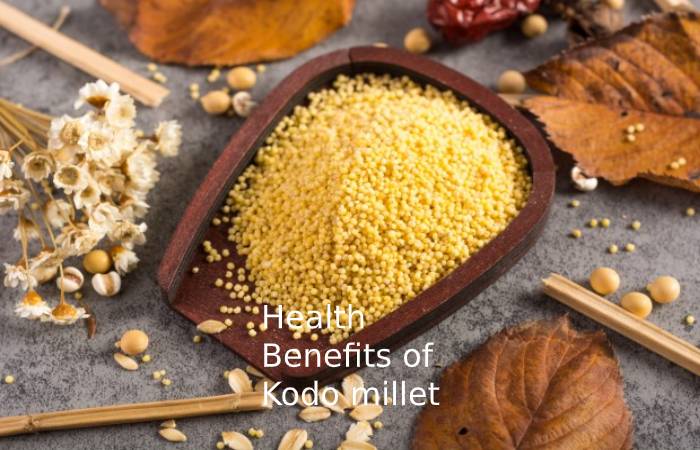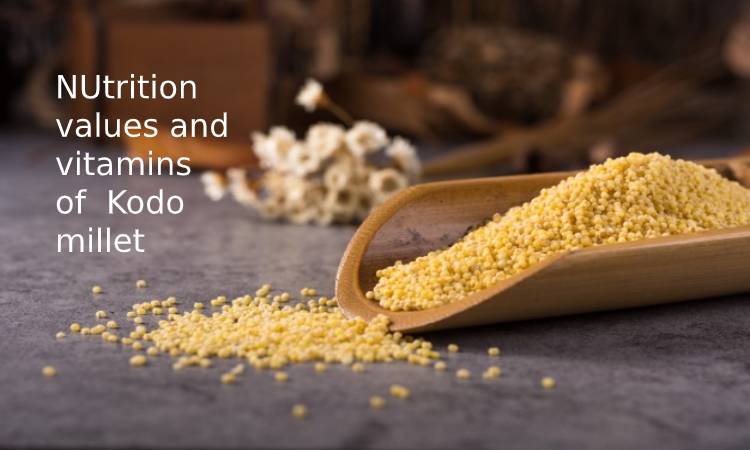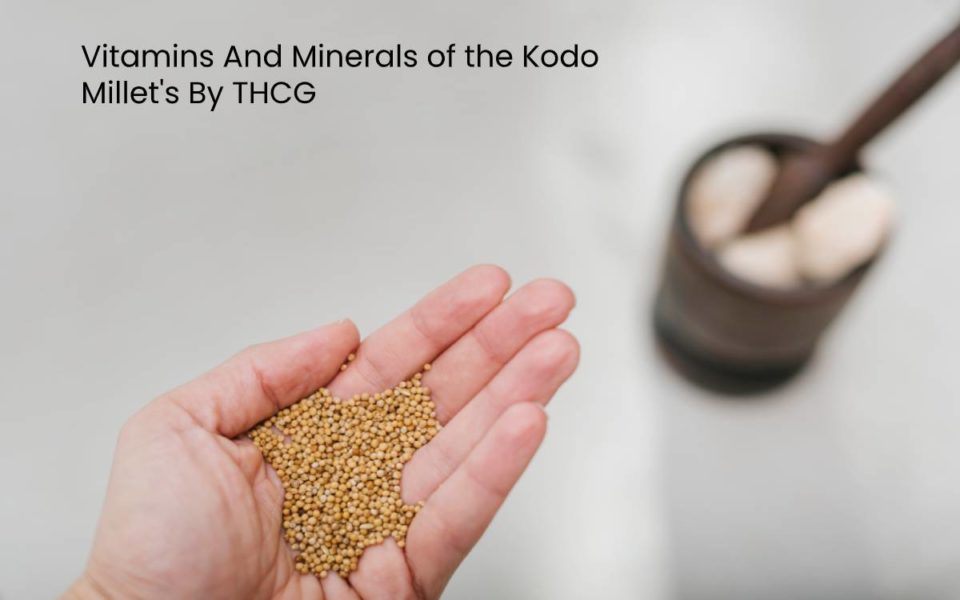Kodo millet’s (Kodo) is a 100% gluten-free millet, which is rich in vitamins and minerals and tasty; they are slightly brownish millet with high nutritional content as magnesium, fiber, antioxidants, tryptophan, phosphorus, calcium, vitamin B and manganese, which is suitable for children.
Table of Contents.
This millet is mainly organically grown as it is a suitable crop for farmers who can withstand severe drought and marginal lands. The healthiest aspect is that it does not need pesticides since it is resistant to pests. In ancient times, the patient with diabetes consumed Kodo millet as food, as it believes traditionally to reduce sugar levels.
It is a complete protein source when combined with legumes, ideal for the vegetarian diet. It is an excellent source of energy, particularly useful for athletes, and also helps hydrate the colon and prevent constipation.
Insoluble fiber in Kodo Millet’s
The insoluble fiber present in millet not only speeds up intestinal transit time (the way fast foods move through the intestine) but also reduces the secretion of gallstones (excessive amounts that contribute to the formation of gallstones). It increases insulin sensitivity and lowers triglycerides (fats in the blood).
It takes less time to cook and contain nutritional values, It is better to eat less frequently, especially during the summer. Make these whole grains as part of your dinner routine. The protein structure of millet is almost the same as that of wheat.
Wheat contains abundant amounts of plant proteins that are difficult to digest. Color-packed protein powders and preservatives are good at meeting our protein needs naturally. Besides, it is an easy way to get protein for your body.
It is low in fat and high in fiber that keeps our belly full for a long time, making millet an ideal food for weight loss—Kodo millet paste, when applied to wounds, aids in healing.
It is using widely in all parts of India. They have different names. Some of them are: –
Health benefits of Kodo Millet’s:

It is rich in calcium that helps build and maintain strong bones. Daily consumption helps bone development in growing children and supports bone health in adults.
Cell membranes and the nervous system:
The phosphorous provided by Kodo millet plays a role in the structure of every cell in the body. It also helps build the bone and phosphorous mineral matrix, which is an essential component of many other life-critical compounds, such as ATP or absorb-able sweat sheet, This molecule is the body’s energy storage. It is a necessary component of nucleic acids for the essential elements of the genetic code. The metabolism of lipids (fats) is dependent on phosphorus, which is a crucial component of lipid-containing structures, such as cell membranes and nervous system structures.
Helps to treat anemia:
It is a rich source of iron, which is suitable for all those who suffer from anemia. Millet helps to increase the hemoglobin level. It helps fight malnutrition and degenerative diseases.
Protects against heart disease:
Although oatmeal has widely popular for its heart-protective properties, Aryeluu is a cereal that should also be included on your heart-healthy food list because it’s a good source of magnesium. Magnesium shows in studies to reduce asthma intensity and reduce episodes of migraine attacks. Magnesium also lowered high blood pressure and reduced the risk of heart attack, especially in people with atherosclerosis or diabetic heart disease.
Avoid problems with gallstones:
Eating foods with high levels of insoluble fiber, such as millet, can help women avoid gallstones. Insoluble fiber speeds up intestinal transit time, but also reduces bile acid secretion, increases insulin sensitivity, and lowers lipids (fats in the blood). Insoluble fiber present in all whole grains, and also It is available in nuts and the edible rinds of fruits and vegetables, such as apples, tomatoes, many pumpkins, cucumbers, berries, and pears. Beans also provide insoluble and soluble fiber.
Many antioxidants:
The antioxidant is present in a wide range, which are of phytonutrient measures only in Kodo millet’s, which dissolve quickly and are immediately absorbs into the bloodstream. We have not examined the linked forms, which are attached to the cell walls of plants. Hence, we must be released by bacteria in the intestine during digestion before they can be absorbed. One type of phytonutrient is found primarily in whole grains, including millet, in which plant lignans convert to mammalian lignans in our intestines, which are to protect against breast cancer and heart diseases. In addition to millet; seeds, nuts, and berries are enterolactone rich sources of vegetable lignans and fruits, vegetables and beverages such as wine,
Weight reduction:
It can help in the weight loss process, thanks to its high fiber content. The high fiber content takes a long time for millet to move from the stomach to the intestine. In this way, and satisfies hunger for an extended period, and this helps reduce overall food intake.
Nutrition values and vitamins of Kodo millet

| Nutrients | Amount | % of the daily value |
| Calcium, Ca | 8 mg | 0.8% |
| Copper, Cu | 0.8 mg | 37.5% |
| Iron, | ||
| Magnesium, mg | 114 mg | 28.5% |
| Manganese, Mn | 1.6 mg | 81.6% |
| Phosphorus, P | 285 mg | 28. 5% |
| Potassium, K | 195 mg | 5.57% |
| Selenium, yes | 2.7 mcncdachadc chalo5 mg | 0.21% |
| Zinc, Zn | 1.7 mg | 11.2% |
| Vitamin A | 0 IU | 0% |
| Vitamin C | 1.6 mg | 0% |
| Vitamin B6 | 0.38 mg | 19.2% |
| Vitamin E | 0.06 mg | 0.17% |
| Vitamin k | 0.9 mcg | 1.12% |


